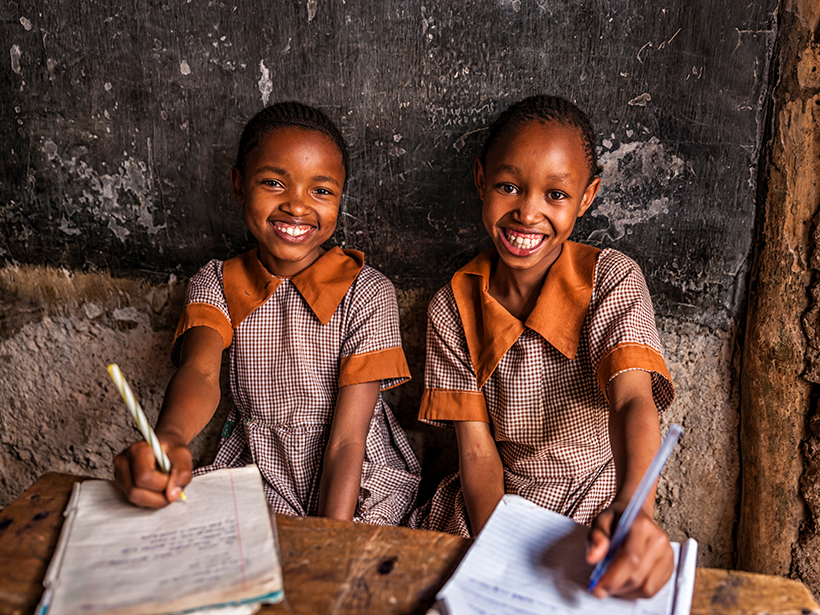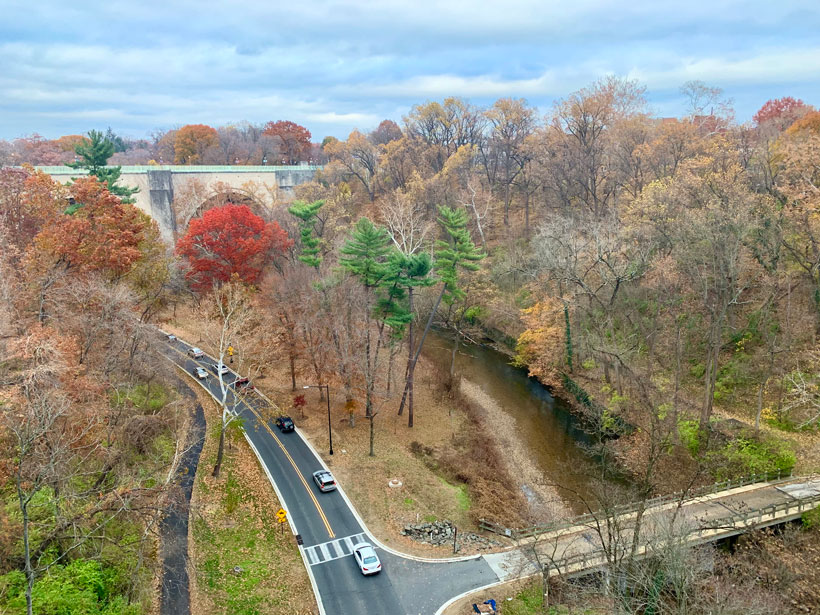Sea-level rise is happening. There are basic science needs for supporting decision making for sea-level adaptation efforts and challenges to making information available to stakeholders.
science policy
Podcast: Standing Up for Science During an Epidemic
A virologist overcame smears and adversity to stand up for science.
Cores 3.0: Future-Proofing Earth Sciences’ Historical Records
Core libraries store a treasure trove of data about the planet’s past. What will it take to sustain their future?
Indian Cities Prepare for Floods with Predictive Technology
The number and intensity of floods are increasing—they can inundate neighborhoods in Chennai in just 15 minutes. New models can pinpoint and help warn vulnerable areas hours or even days in advance.
Siltation Threatens Historic North Indian Dam
Experts recommend reforestation campaigns to combat siltation at Bhakra Dam, one of the first infrastructure projects pursued by India after independence.
Planning and Planting Future Forests with Climate Change in Mind
The climate is warming too fast for some trees to catch up. Planting seeds from warmer regions can bolster future forests, but that requires a significant shift in forestry practice.
La educación puede aumentar las emisiones pero mitigar el costo humano del cambio climático
El incremento en la educación en los países en vías de desarrollo podría traer un aumento modesto en las emisiones de carbono debido al crecimiento económico, pero la educación podría también reducir el impacto negativo del cambio climático en poblaciones vulnerables.
How to Assess the Quality of Space Weather Forecasts?
The assessment of space weather event forecasts would benefit from more nuanced approaches that take account of event intensities peaking near the thresholds used to identify such events.
The Surprising Root of the Massachusetts Fight Against Natural Gas
Tree lovers are hunting down the cause of arboreal deaths—and may remake the regional energy system in the process.
Growing Healthy City Canopies
In our June issue, Eos looks at how scientists and city planners are partnering to protect our vital urban forests.










